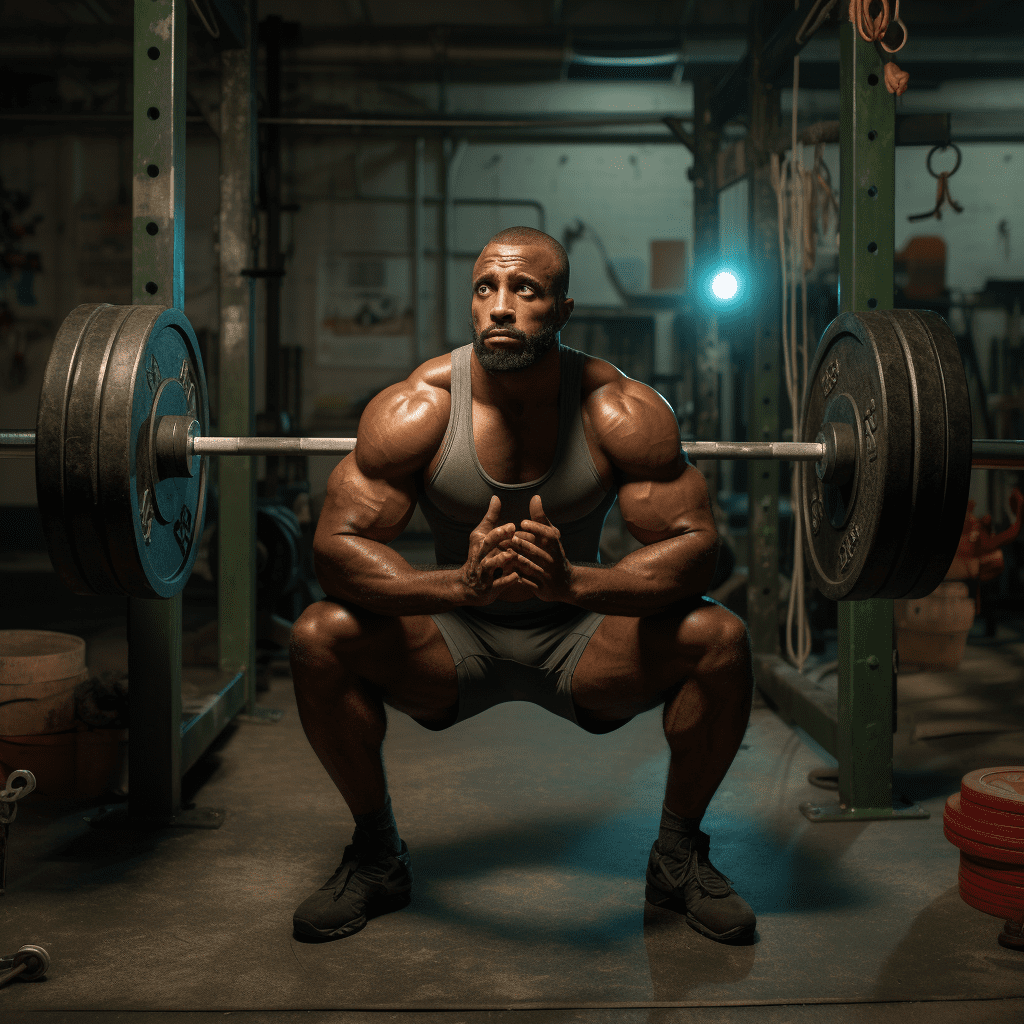
Why Can’t I Squat Low?
Squatting is a fundamental movement that engages multiple muscle groups in the lower body. It is an effective exercise for building strength, improving flexibility, and enhancing athletic performance. However, many people struggle with squatting low and may wonder why they cannot achieve a full range of motion. In this article, we will explore some common reasons why individuals may experience difficulty squatting low and provide potential solutions to improve squat depth.
1. Lack of Mobility or Flexibility
One of the primary reasons why individuals may struggle with squatting low is due to a lack of mobility or flexibility in the joints and muscles involved. Limited ankle, hip, or thoracic spine mobility can restrict proper squat mechanics and hinder the ability to achieve deep squats. Tight muscles, such as the hamstrings, hip flexors, or calves, can also contribute to decreased depth in the squat.
2. Poor Technique or Form
Another factor that can affect squat depth is poor technique or form. Squatting with incorrect biomechanics, such as leaning too far forward, collapsing the knees inward, or rounding the lower back, can restrict the range of motion and make it difficult to achieve a deep squat. It is essential to learn and practice proper squatting technique to maximize depth and minimize the risk of injury.
3. Muscular Imbalances or Weakness
Muscular imbalances or weakness in the lower body can impact squatting depth. If certain muscle groups, such as the glutes, quadriceps, or core, are underdeveloped or disproportionately weak compared to others, it can limit the ability to squat low. Strengthening and balancing these muscles through targeted exercises can help improve overall squat performance and depth.
4. Previous Injuries or Pain
Past injuries or underlying pain conditions can also impede squat depth. Issues like a history of knee, hip, or back injuries can create fear, discomfort, or instability, causing individuals to compensate and avoid squatting low. It is crucial to address any pain or injuries with proper rehabilitation and consult with a healthcare professional to ensure safe and effective squatting.
5. Lack of Confidence or Fear
Squatting low can be an intimidating movement, especially for beginners or those who have had negative experiences or self-doubt. Fear or lack of confidence in one’s ability to perform a deep squat can mentally restrict the range of motion. Building confidence through proper guidance, progressive overload, and positive reinforcement can help individuals overcome this barrier.
6. Individual Anatomical Differences
Finally, it is important to acknowledge that everyone’s body is unique, and individual anatomical differences can influence squat depth. Factors like bone structure, joint alignment, and muscle insertions can vary between individuals, affecting their range of motion in a squatting position. While these differences may limit the “textbook” perfect squat, it doesn’t mean one cannot achieve their optimal squat depth with proper modifications and adjustments.
FAQ
Q: Can squat shoes help improve squat depth?
A: Squat shoes, with their elevated heels and improved stability, can be beneficial for individuals with limited ankle mobility. They can assist in achieving a better squat depth by allowing for a more upright posture and reducing ankle restriction.
Q: How often should I be squatting to improve squat depth?
A: The frequency of squatting depends on various factors, including your training goals, current fitness level, and recovery capacity. Generally, 2-3 times per week is recommended, allowing sufficient rest between sessions while providing enough stimulus for progress.
Q: Is it normal to feel discomfort or stretching sensations during deep squats?
A: Some discomfort or stretching sensations are normal during deep squats, especially if you are working on improving your mobility or flexibility. However, pain or sharp sensations should be avoided, and it is recommended to consult with a healthcare professional if you experience any persistent or concerning pain.
Q: Can I still get the benefits of squatting without going low?
A: Squatting to a depth that is appropriate for your body and abilities can still offer numerous benefits, such as increased strength, muscle activation, and improved functional movement patterns. While going low is ideal, any form of squatting within a safe and comfortable range can still be advantageous.
Q: Are there alternative exercises I can do if I struggle with squat depth?
A: If squatting low is challenging, there are alternative exercises that can help improve lower body strength and mobility, such as box squats, lunges, Bulgarian split squats, or goblet squats. Incorporating these exercises into your routine can target similar muscle groups and gradually enhance squatting depth.
Q: Should I consult a fitness professional for guidance on improving my squat depth?
A: It is highly recommended to seek guidance from a qualified fitness professional, such as a certified personal trainer or strength and conditioning coach, who can assess your biomechanics, provide specific exercises and modifications, and guide you through the process of improving squat depth safely and effectively.
In conclusion, achieving a deep squat requires addressing factors such as mobility, technique, strength, confidence, and individual differences. By identifying and working on these aspects, individuals can make progress towards squatting low, reaping the numerous benefits this exercise offers. Remember, progress takes time and patience, so stay consistent and seek professional assistance when needed. Happy squatting!


